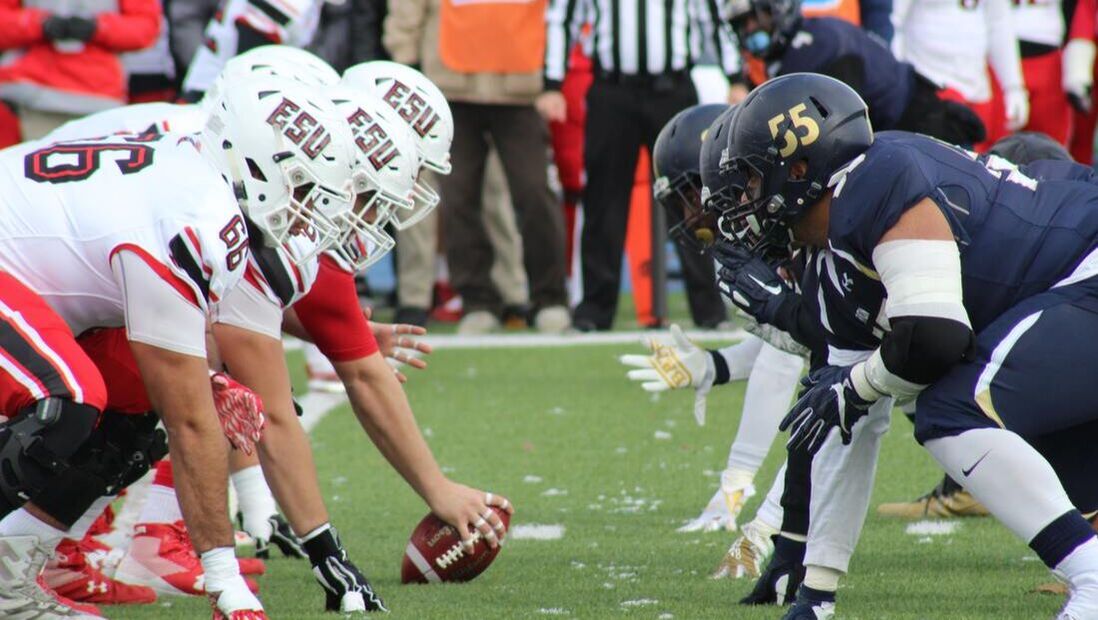 Welcome to our new subscribers!! And if you haven't joined the conversation on Facebook, then find us @ptsonmission to continue to receive updates, encouragement, and information. Finally, tell a friend if you are benefiting from this site. Fall sports season is upon us yet again so it’s always good to remind ourselves as clinicians and remind parents, coaches, players with whom we interact about the very real risk of concussion, or sport related concussion (SRC) as it is sometimes described in the literature. I recently pulled out an older JOSPT volume and was perusing through it when I ran across a great review article dealing with SRC. I read through it and thought it was worth sharing on the cusp of so many sports starting back with the new school year. The Potential Role of the Cervical Spine in Sports-Related Concussion: Clinical Perspectives and Considerations for Risk Reduction. Essentially, the authors highlight the prevalence and risks related to SRC. But what made this article interesting and applicable to us as PT’s is the fact that the authors were pulling studies that looked at potential modifiable factors to help decrease risk of SRC. Once those factors are identified, then preventative exercises could be incorporated to help maintain risk reduction. What were the things that were identified? Factors such as neck strength, neck girth, and neck posture were all factors that can modify SRC risk. The authors cited good evidence that increased strength and neck girth help reduce risk of SRC. In fact, one study in this review showed that for every 1 lb increase in neck strength, the sports-related concussion risk decreased by 5%. The reviewers also cited that may be why there is a sex difference. Females tend to have higher rates of SRC than males likely related to the strength and girth component. The other fascinating factor was forward head posturing. Most student athletes have forward neck translation due to phones, tech, etc. just like most people have this posturing. But in one cited study that flexion/extension imbalance decreased the strength ratio in the neck thus increasing head acceleration during impact. I believe this is pertinent information. I am finishing post surgical rehab on two football players in order to return them to the sport by the fall and need to make sure that before they are done we go over some of this information and the exercises. We need to make sure that when we are treating athletes, we don’t forget about the potential concussive forces they will face. We can prepare both men and women (especially women since they are at greater risk) by working on posture exercises and neck isometrics, the important components identified in this study. I hope you found this helpful and I hope that you incorporate this information for the health of your patients. Jason ***Check out my book "Rehab the World" written for Physical Therapists to encourage us in our workplace and prepare us to serve those around us. If you like, please leave a review and spread the word!!***
0 Comments
|
Awesome ResourcesThe Gospel at Work Archives
May 2024
Categories |
 RSS Feed
RSS Feed